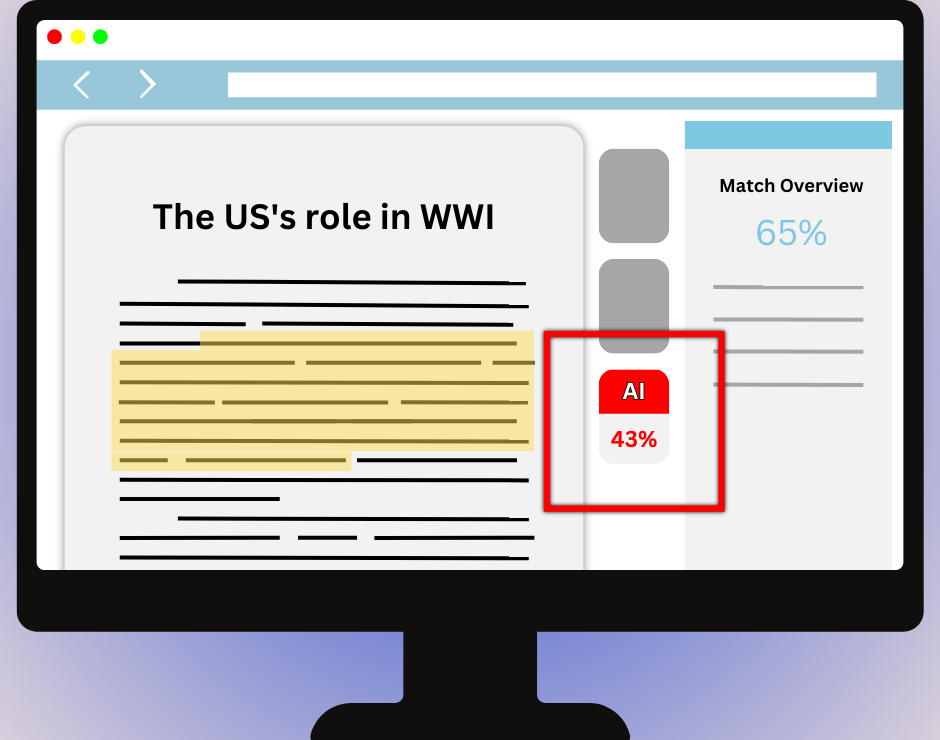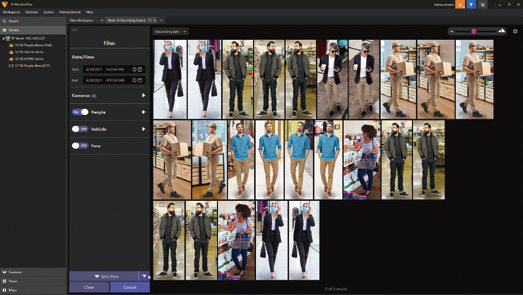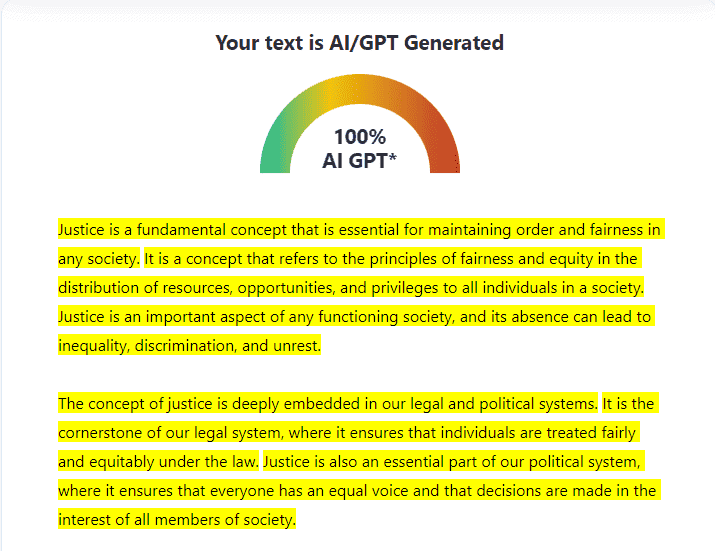How the AI Detector Helps You Detect AI-Generated Text in Real Time
How the AI Detector Helps You Detect AI-Generated Text in Real Time
Blog Article
Comprehending the Relevance of an Ai Detector in Today's Digital Landscape
As expert system continues to penetrate different elements of material development, comparing machine-generated and human-generated material has become significantly intricate. This advancing landscape provides substantial obstacles connected to authenticity and trustworthiness, necessitating the growth of AI discovery tools. These tools not just help in identifying AI-produced content yet likewise promote the stability of info circulation. Recognizing their function becomes essential as we browse a future where the integrity of media is under continuous examination. What implications might this have for makers and consumers alike?
The Rise of AI Material

The surge of AI-generated material has significant implications for numerous markets, including advertising, entertainment, and journalism - ai detector. Organizations are significantly using these modern technologies to improve performance, personalize web content, and engage target markets more successfully. The ability to examine vast datasets enables AI systems to customize content to satisfy details user choices, giving a more tailored experience
However, the expansion of AI web content additionally raises crucial factors to consider for content developers and customers alike. As AI comes to be more integrated right into material manufacturing operations, understanding the nuances of AI-generated material is necessary for keeping quality and relevance in a quickly progressing electronic environment. Welcoming this technical advancement while remaining alert regarding its ramifications is vital for stakeholders in the electronic media landscape.
Obstacles of Credibility
The appearance of AI-generated web content has actually presented substantial obstacles relating to credibility in digital media. As algorithms become much more sophisticated, comparing human-created and machine-generated content comes to be significantly hard. This obscuring of lines increases issues about the reliability of information and the possibility for false information to proliferate.
One of the key difficulties is the erosion of trust amongst customers. With AI efficient in generating practical text, images, and video clips, individuals might discover it challenging to recognize authentic sources from deceitful ones. This hesitation can result in a broader mistrust of all electronic material, complicating initiatives to identify reputable details.
Furthermore, the effects for copyright are substantial. As AI devices produce web content based on existing jobs, questions relating to ownership and originality emerge. Content makers may have a hard time to protect their work from anonymous AI reproductions, weakening their resources and civil liberties.
Finally, the possibility for malicious uses of AI-generated web content, such as deepfakes and computerized propaganda, presents significant ethical and societal dangers. These obstacles underscore the urgent requirement for structures that promote authenticity in the digital landscape, guaranteeing that info continues to be trustworthy browse around this site and reliable.
Function of AI Detectors
Resolving the difficulties of authenticity in digital media requires cutting-edge remedies, and AI detectors have emerged as a critical device in this initiative. These technologies are designed to assess and determine content generated by fabricated knowledge, thus facilitating the discernment in between human-created and machine-generated products. The function of AI detectors extends beyond mere recognition; they also add to preserving the integrity of info consumed by the public.
AI detectors use sophisticated formulas to scrutinize different components of digital web content, consisting of linguistic patterns, architectural anomalies, and certain markers that show automation. Their application covers several industries, consisting of journalism, education, and social networks, where the existence of AI-generated web content can result in false information and erosion of depend on.

Advantages of Using AI Detectors
Ensuring credibility in digital web content symbolizes the fundamental demand for count on information resources, and AI detectors act as an effective ally in this pursuit. By recognizing AI-generated material, these devices assist maintain the stability of information, consequently safeguarding individuals from misinformation web link and boosting overall material top quality.
One of the key benefits of utilizing AI detectors is their ability to enhance material verification processes, dramatically decreasing the moment and effort needed to analyze the authenticity of digital products. This efficiency enables material makers, educators, and services to concentrate on generating top notch and reliable information, rather than investing too much sources on fact-checking.
Moreover, AI detectors foster accountability among content designers. The expertise that AI-generated web content can be identified encourages transparency and ethical methods in material production. This, consequently, adds to a much more educated electronic neighborhood, as individuals can with confidence involve with confirmed info.
Future of Material Verification
As the landscape of digital material continues to evolve, the future of content verification tests both offers and possibilities for keeping authenticity. As AI innovations advancement, so too do the methods for developing and sharing misinformation (ai detector). This arms race between material makers and confirmation tools necessitates the growth of a lot more advanced AI detectors with the ability of critical authentic content from manipulated or made material

Furthermore, the increase of decentralized technologies, such as blockchain, holds pledge for confirming material provenance, making certain that customers can map the beginnings of the details they eat. Inevitably, the future of web content confirmation will certainly pivot on our capacity to introduce despite evolving threats, fostering an electronic setting where credibility is acknowledged and maintained as an essential principle.
Conclusion
In final thought, the spreading of AI-generated material necessitates robust devices for authenticity confirmation. The future of content confirmation hinges on the performance of AI detectors in maintaining reputation across moved here numerous media platforms.
AI material production tools, such as all-natural language handling models and generative adversarial networks, allow people and businesses to create high-quality material at extraordinary speeds and lower expenses.
Nonetheless, the proliferation of AI material additionally elevates essential considerations for web content creators and customers alike. As the class of AI-generated material proceeds to develop, the function of AI detectors ends up being significantly vital in protecting authenticity and promoting transparency in digital interaction. The understanding that AI-generated content can be determined urges openness and moral techniques in web content manufacturing.As the landscape of electronic web content proceeds to advance, the future of web content confirmation offers both tests and opportunities for maintaining authenticity.
Report this page